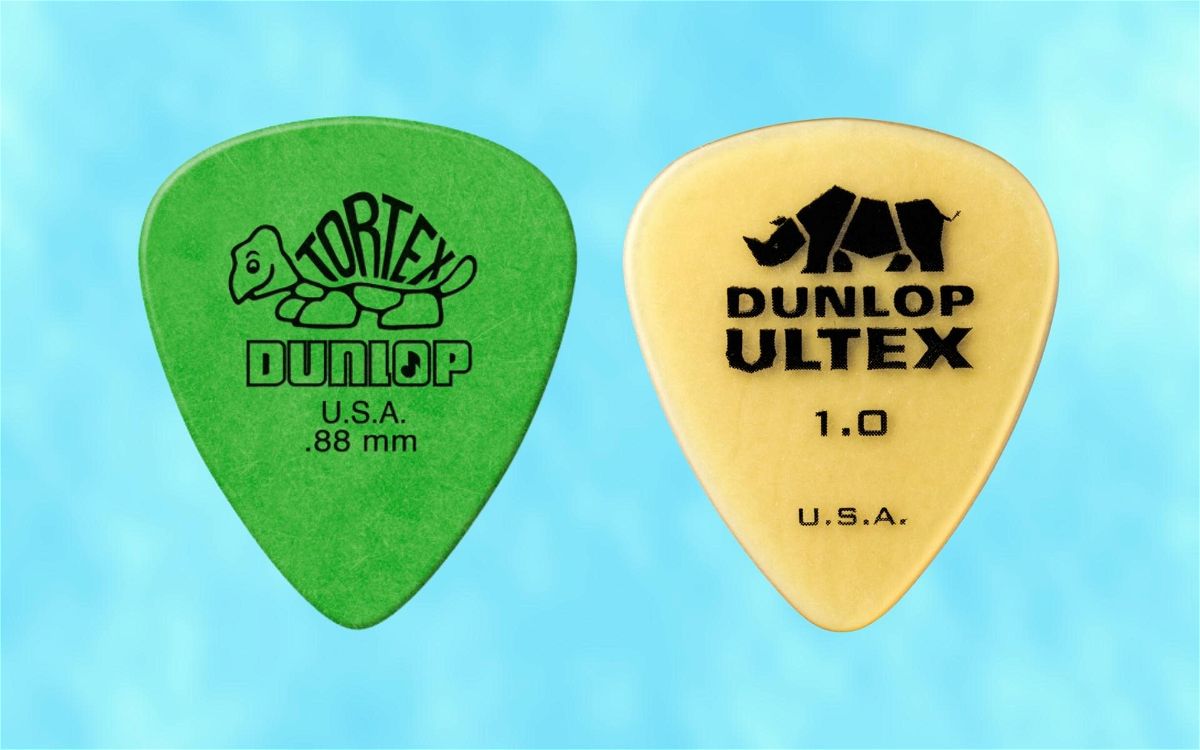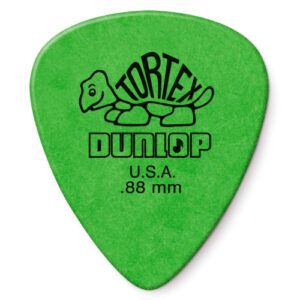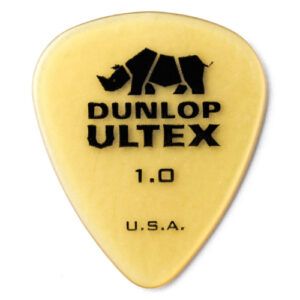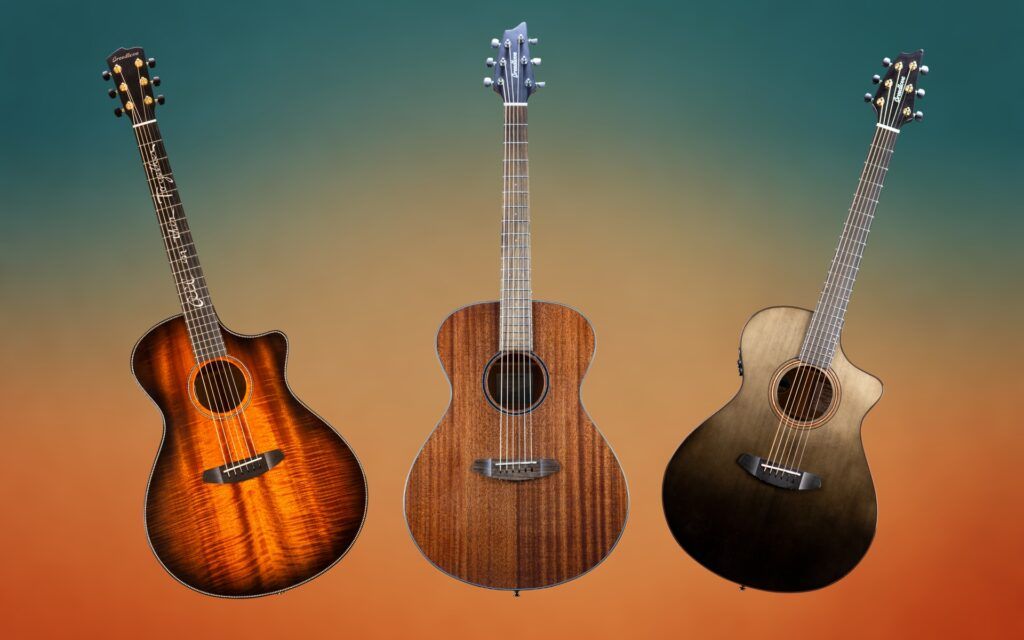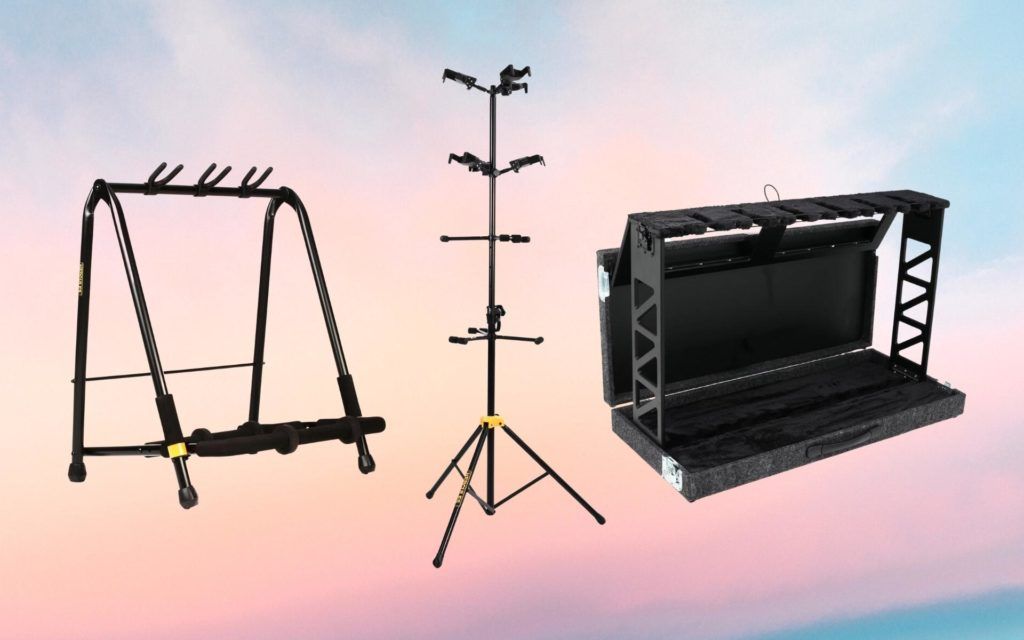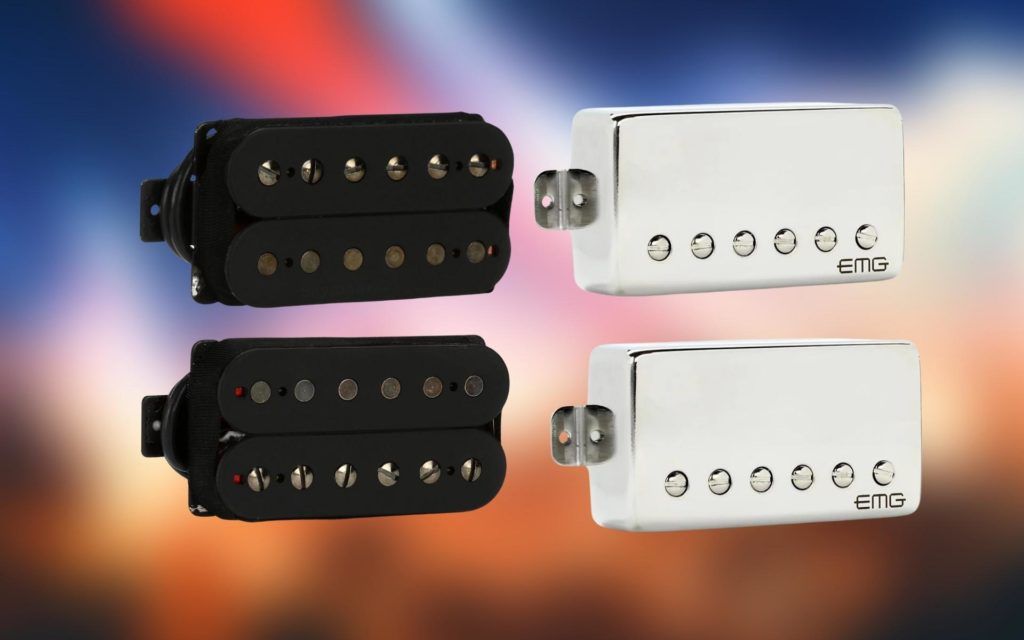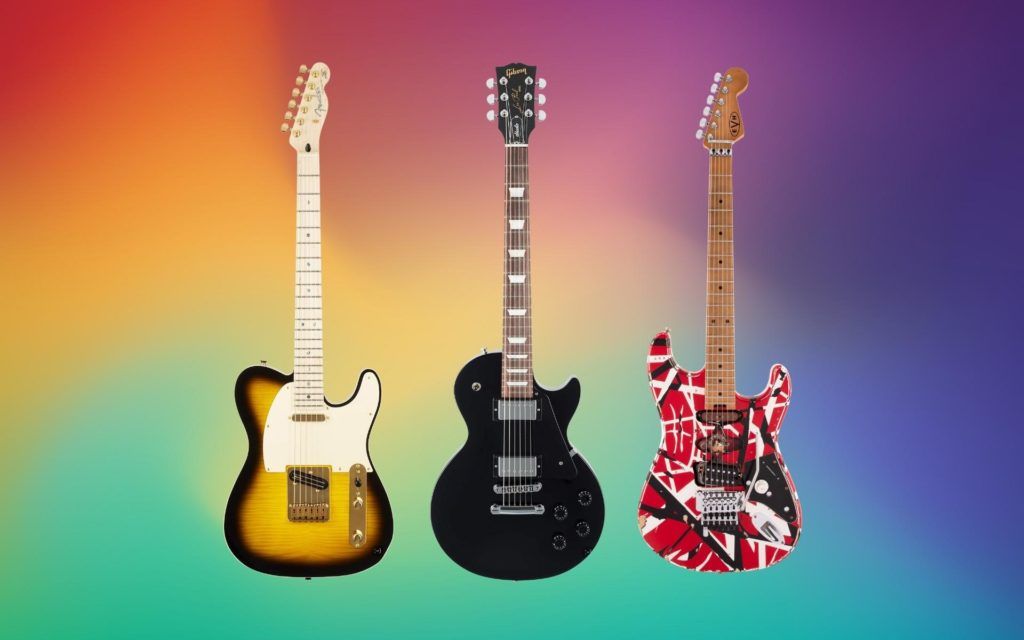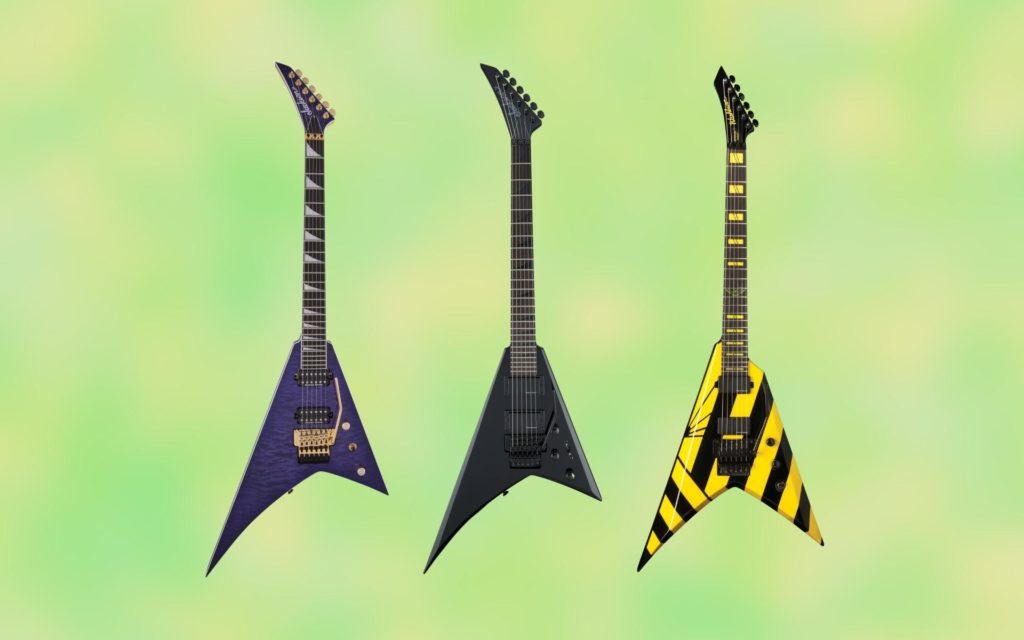Tortex and ultex are two of the most popular varieties of guitar picks. The differences between ultex and tortex are significant, and this guide will help you to decide which type best suits you.
Guitarists often focus on the most obvious equipment they use when trying to improve their playing. Strings, pickups, and of course, the guitar itself are usually the first things we think about upgrading or changing.
In many cases, our choice of plectrum can hold us back. This essential yet minuscule accessory is the thing that comes into contact with our strings – and, therefore, should be considered carefully.
Ultex and tortex are two of the best-known varieties of guitar and bass picks, and in this article, we’ll dissect their differences, strengths, and weaknesses.

